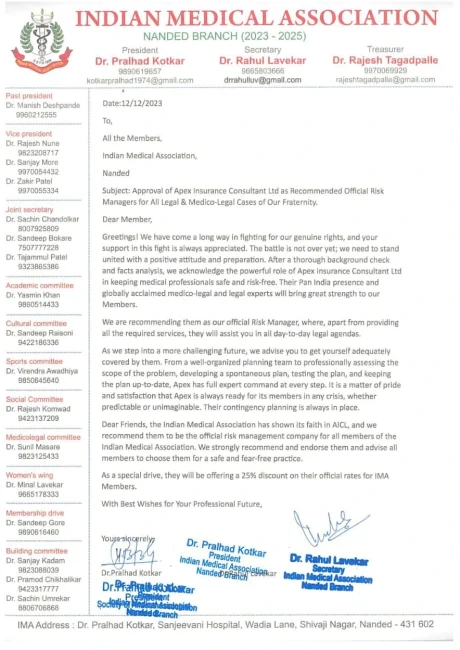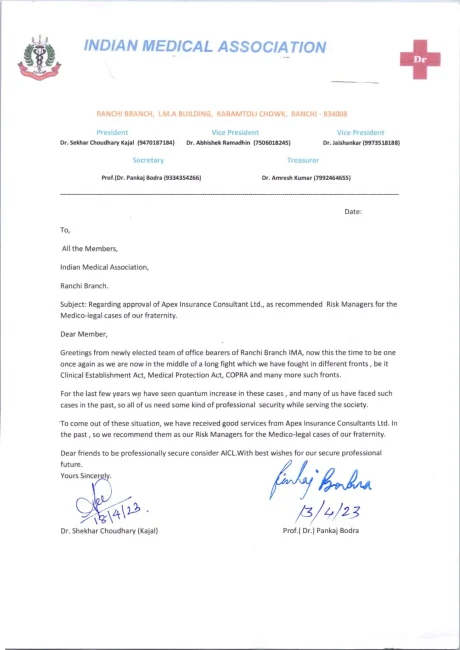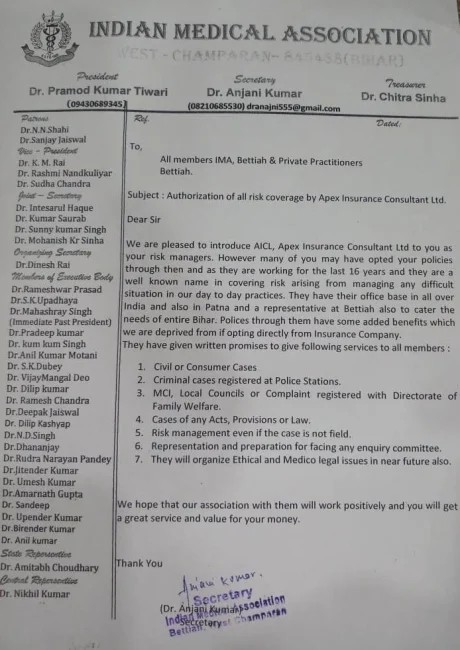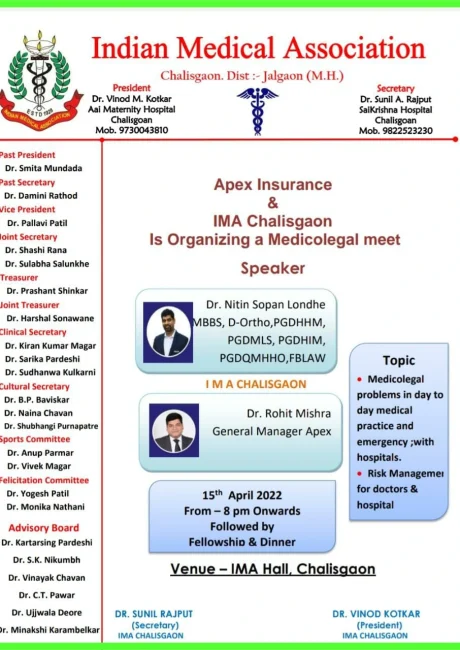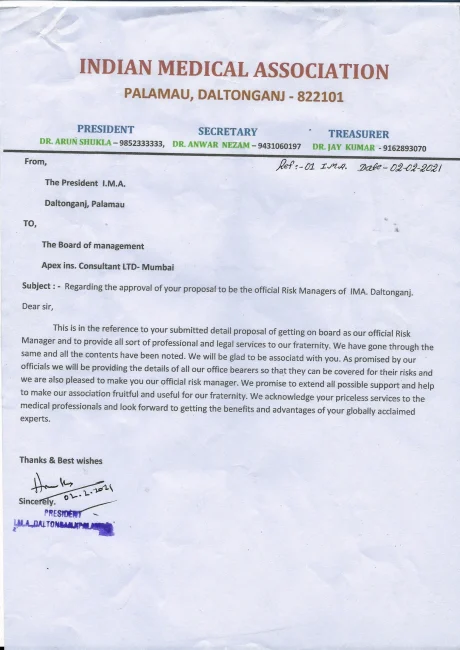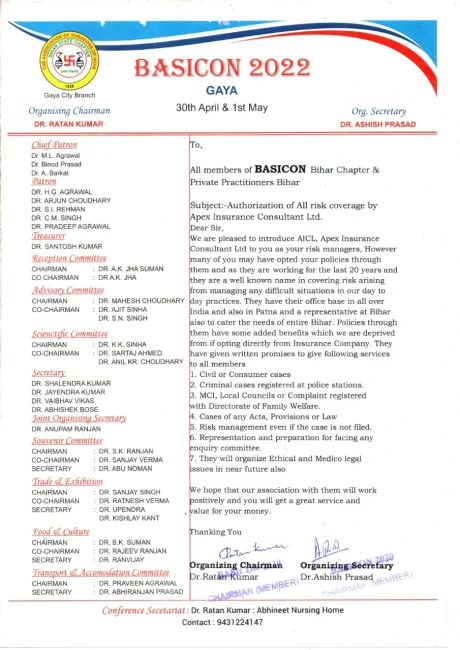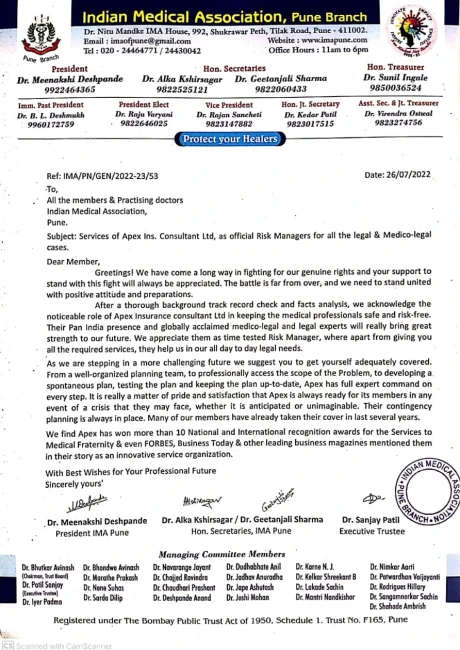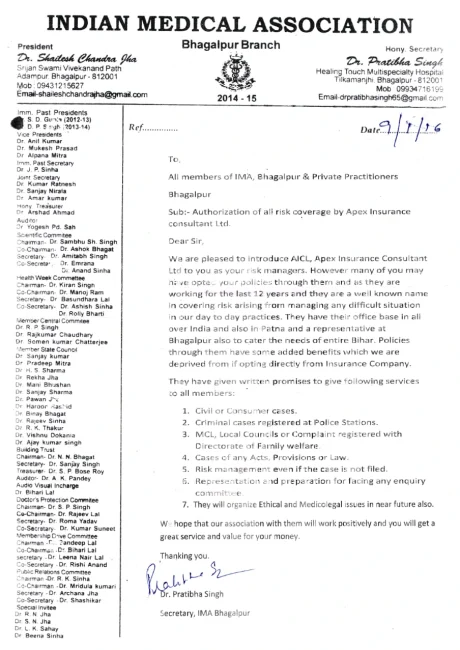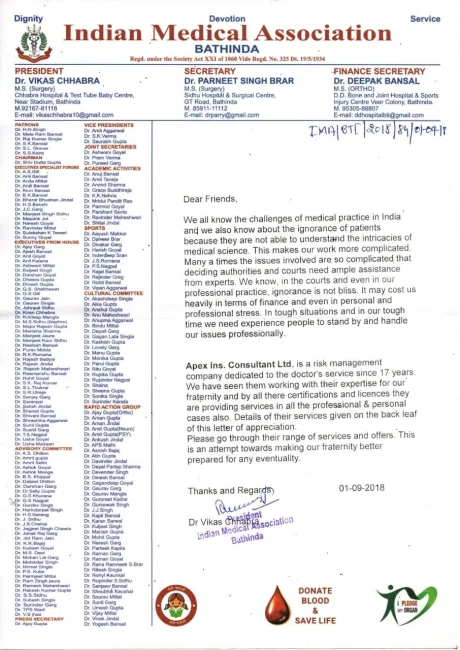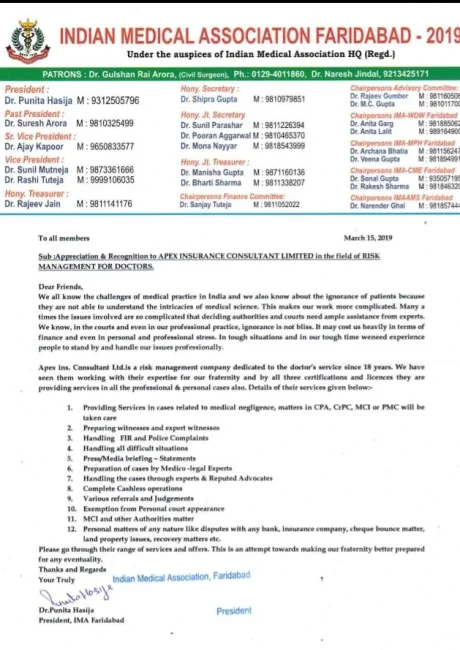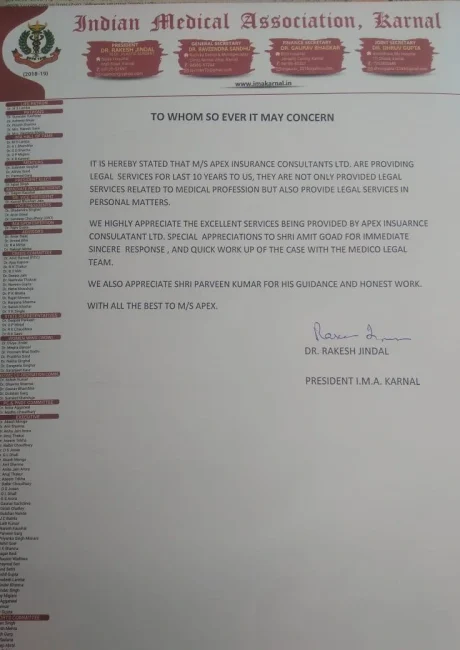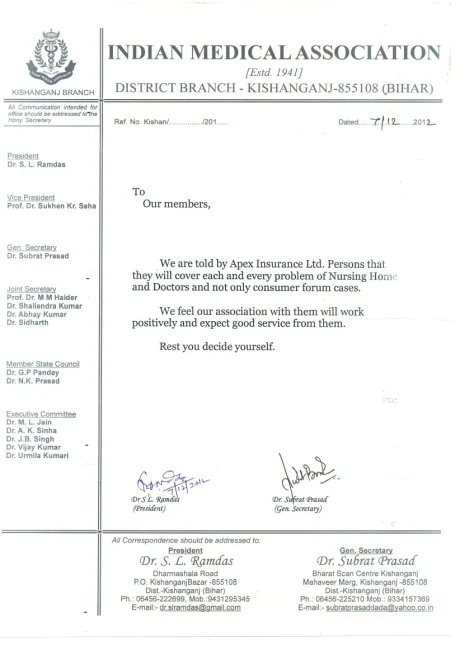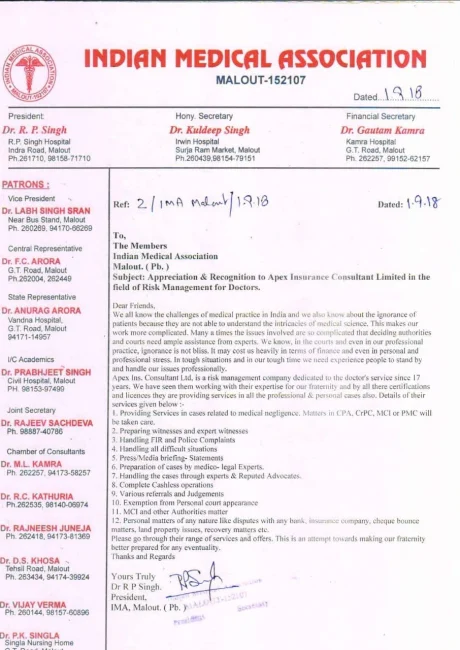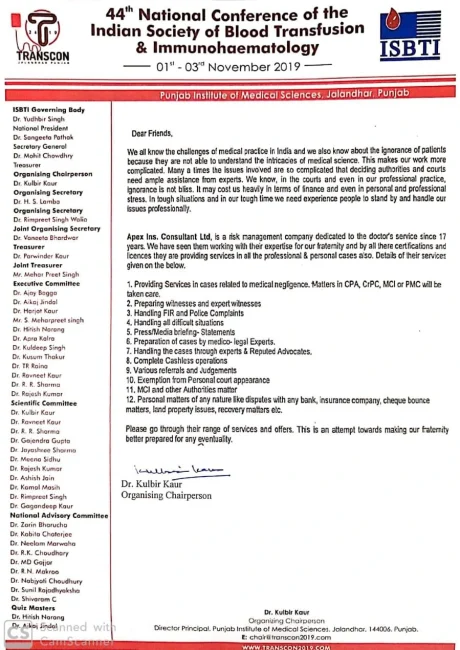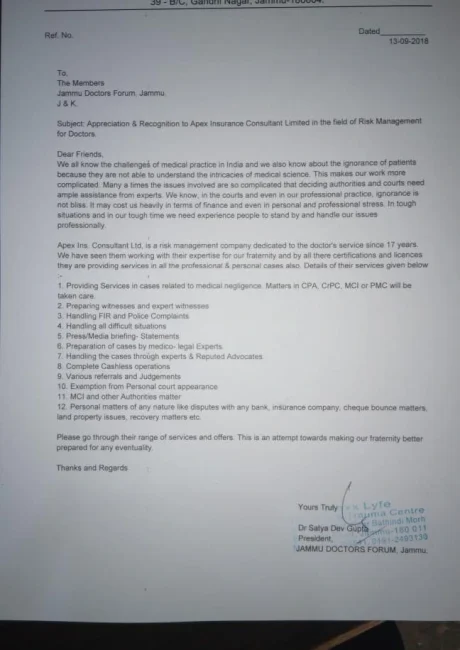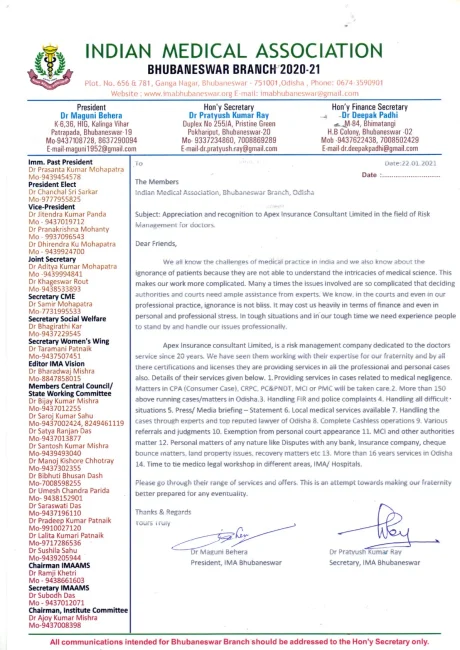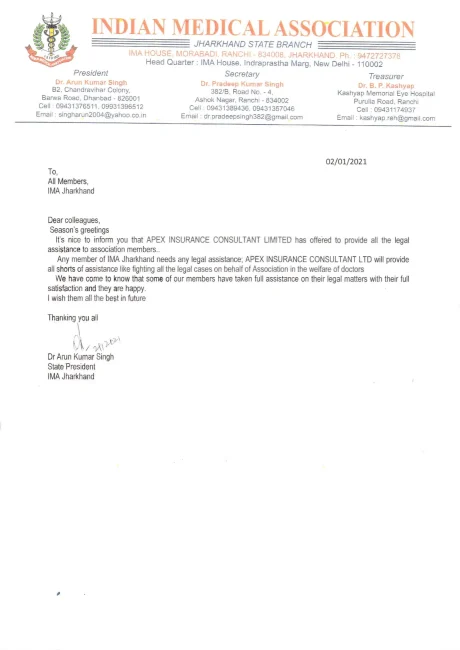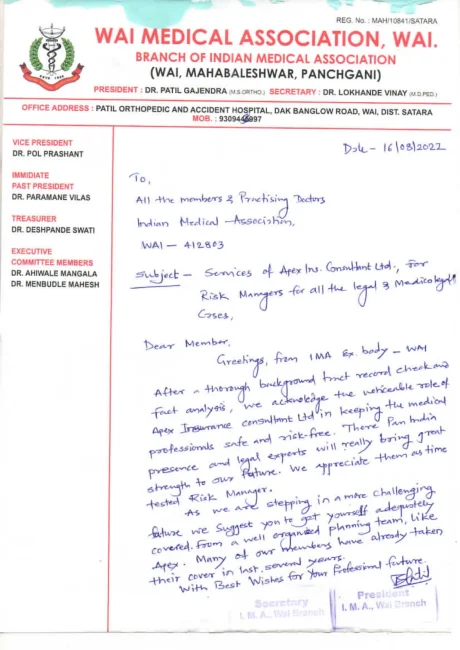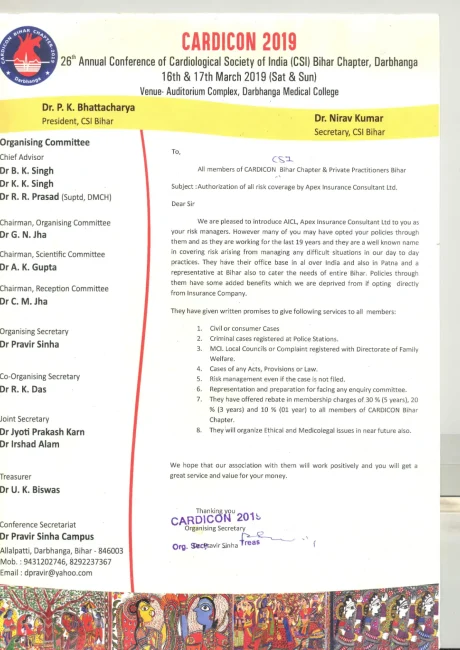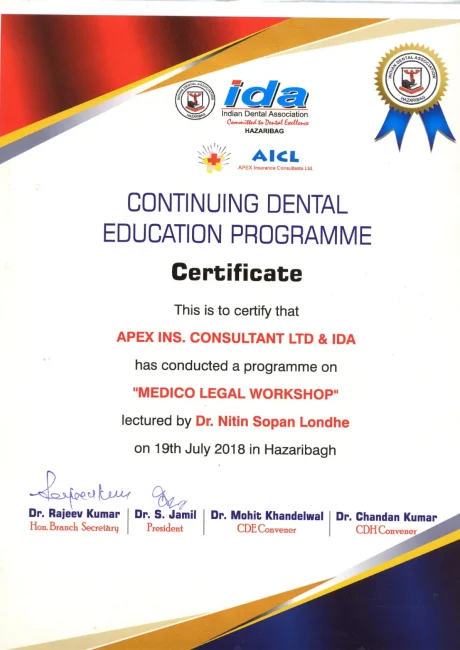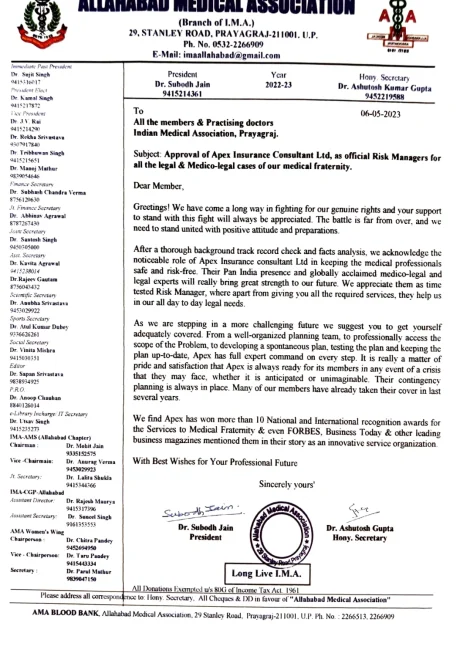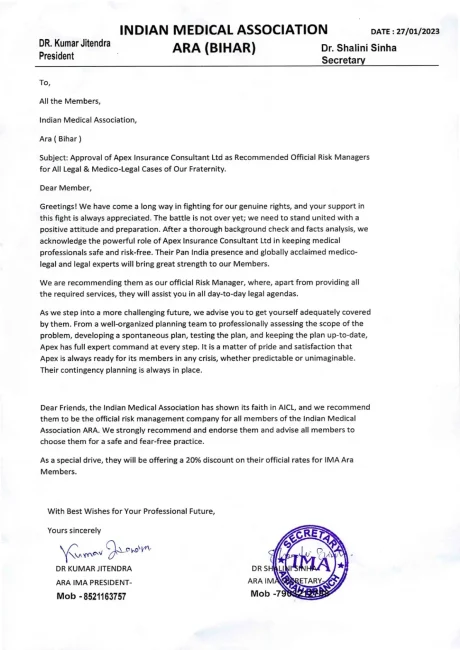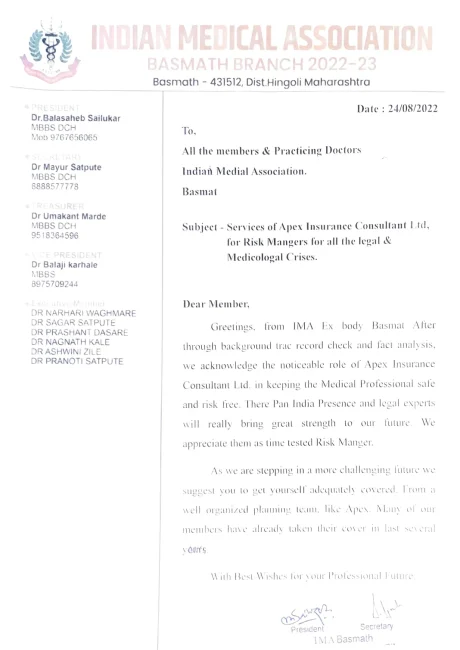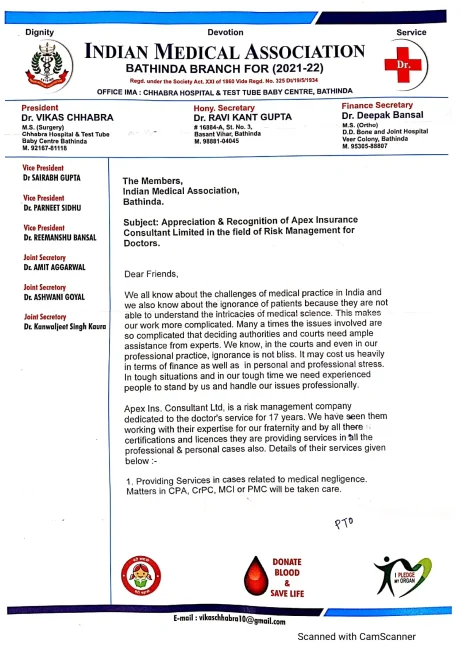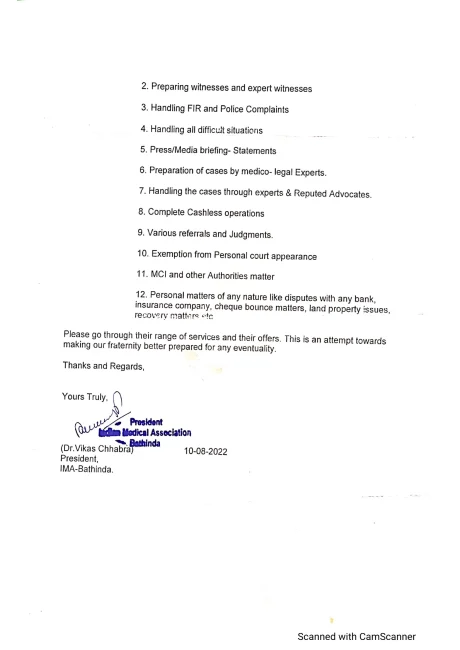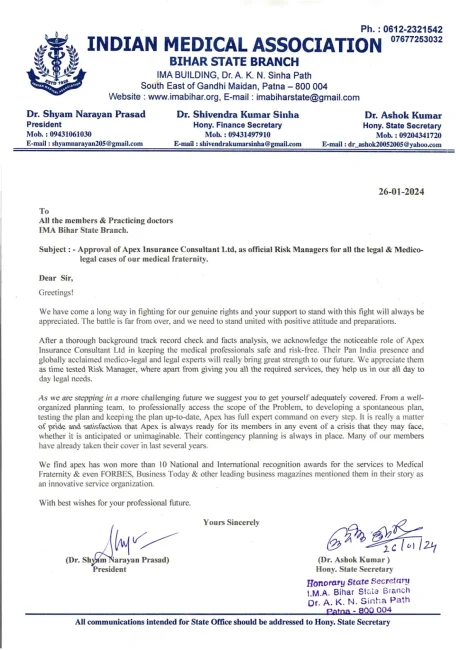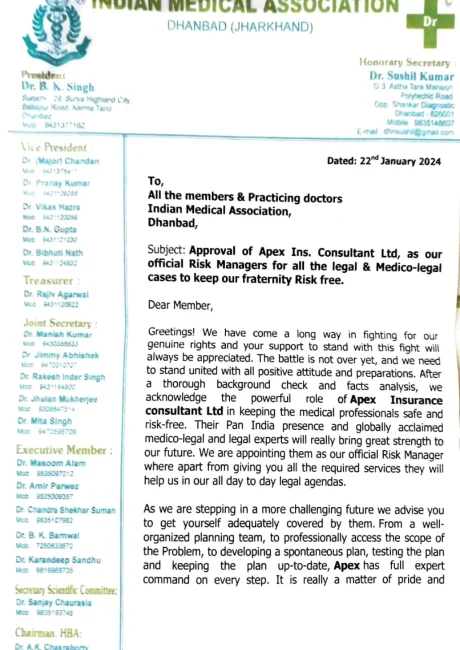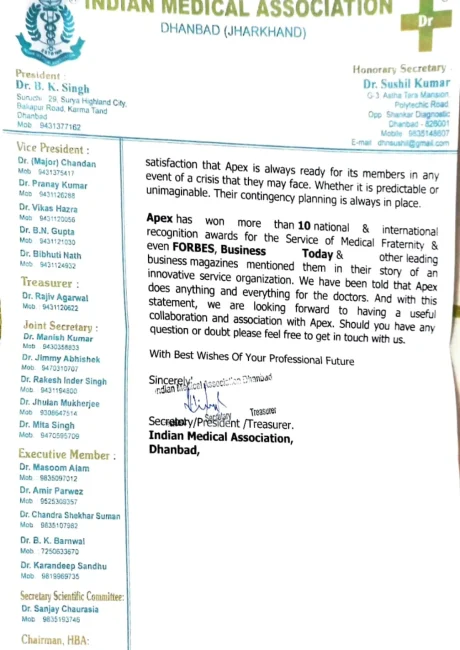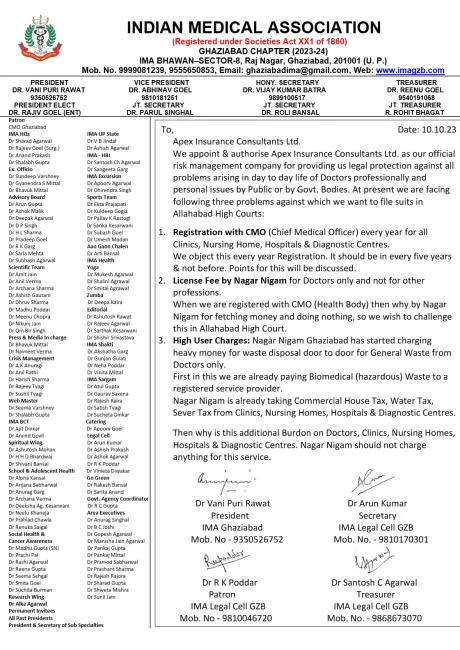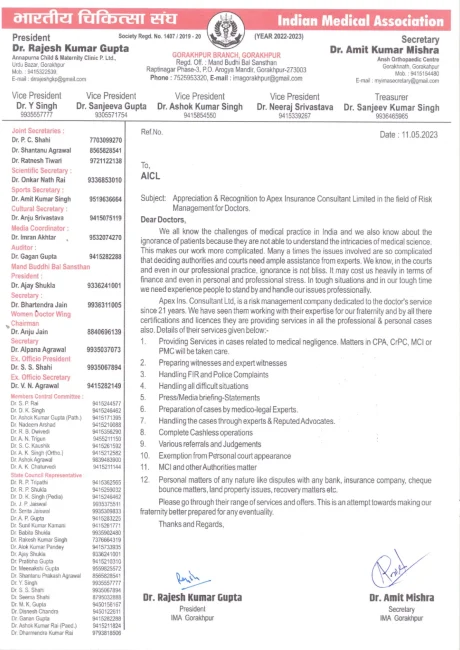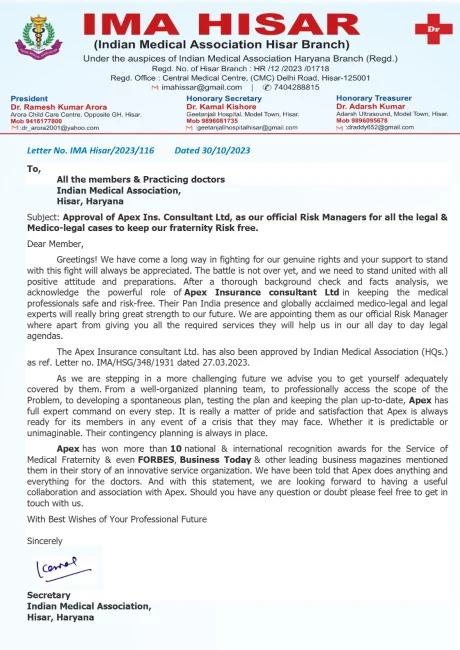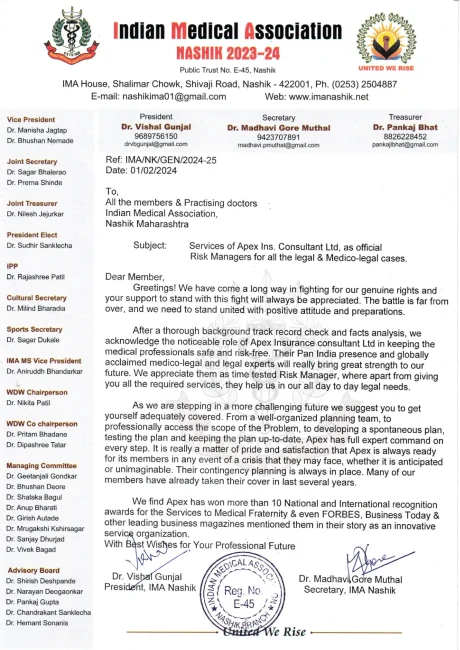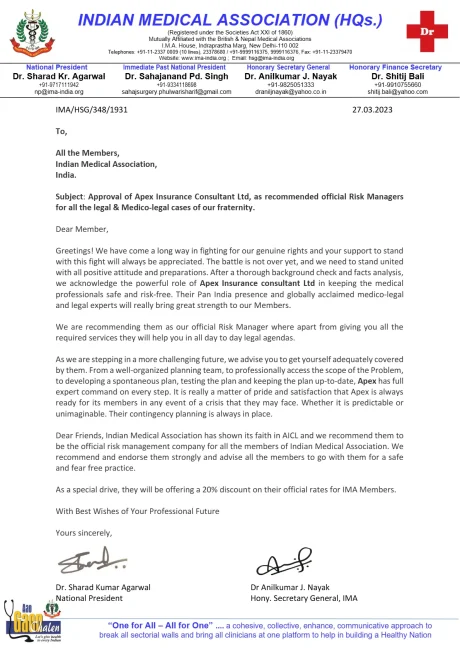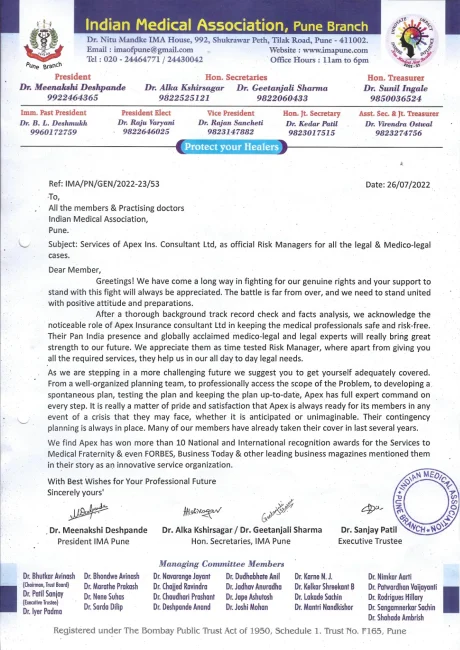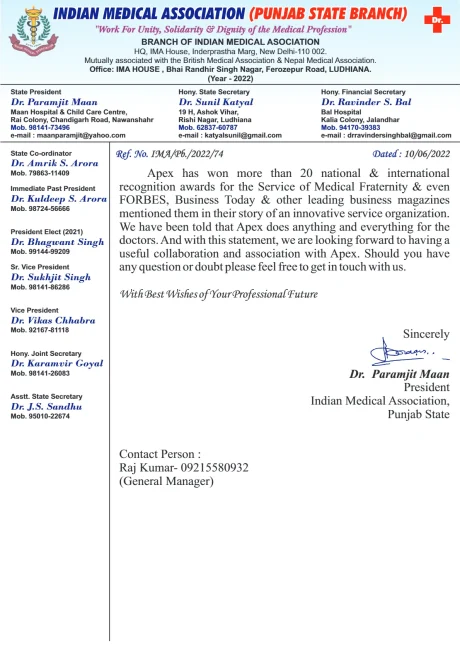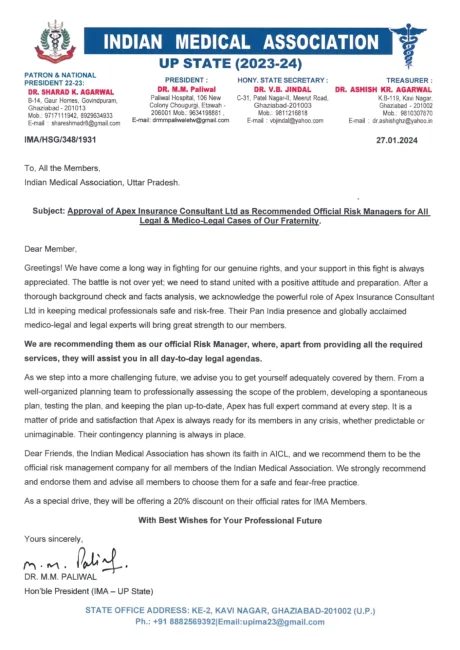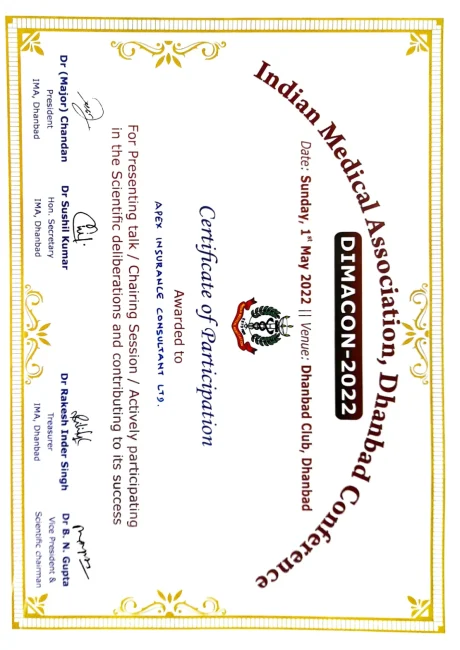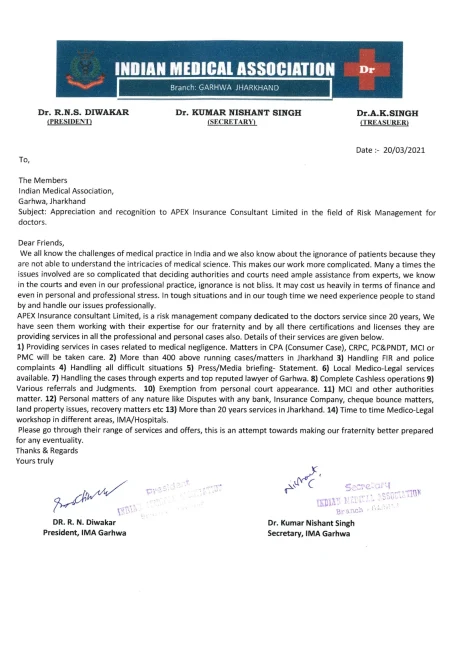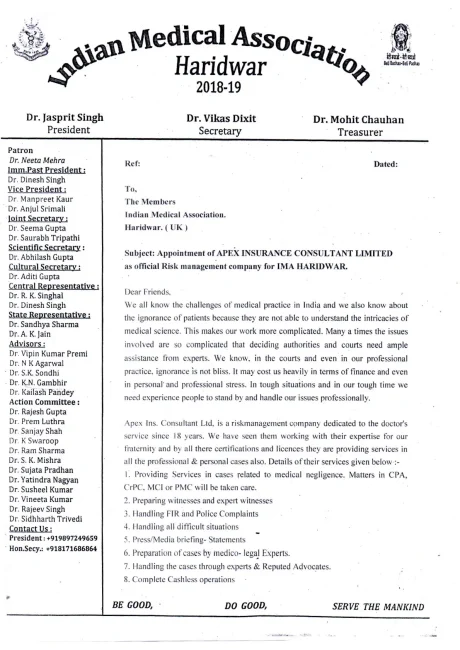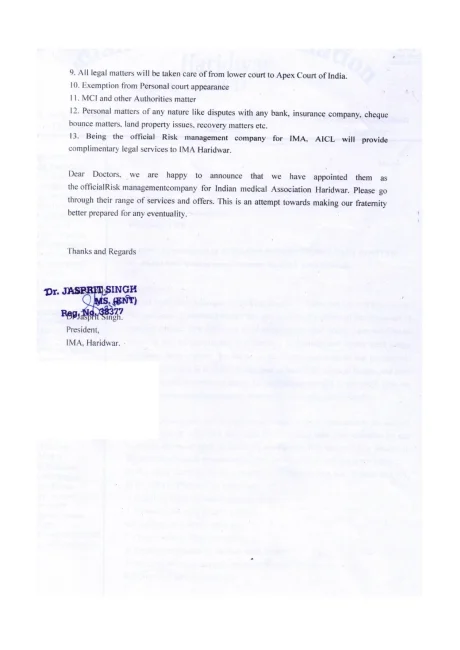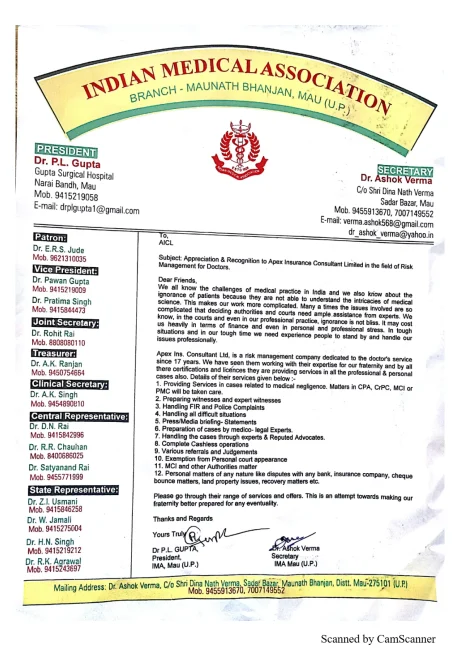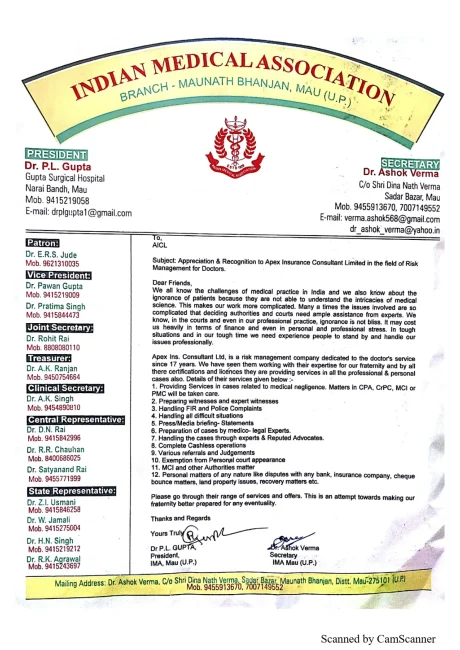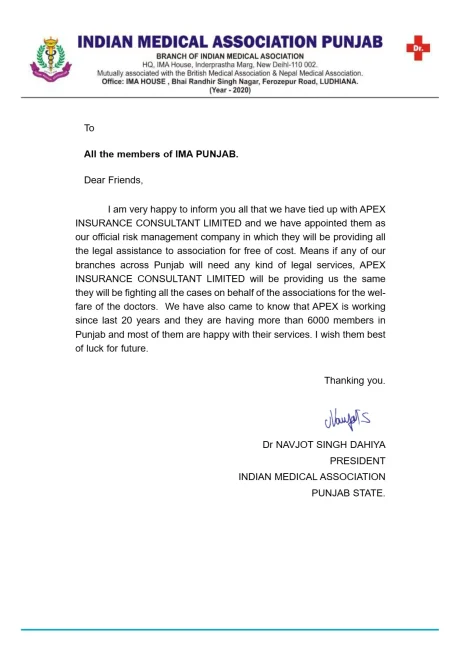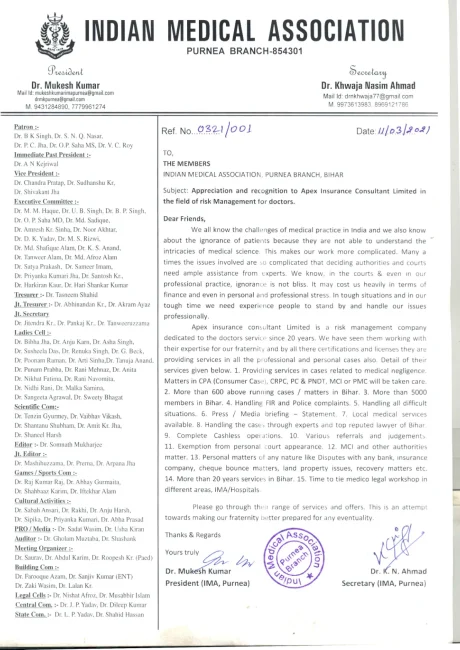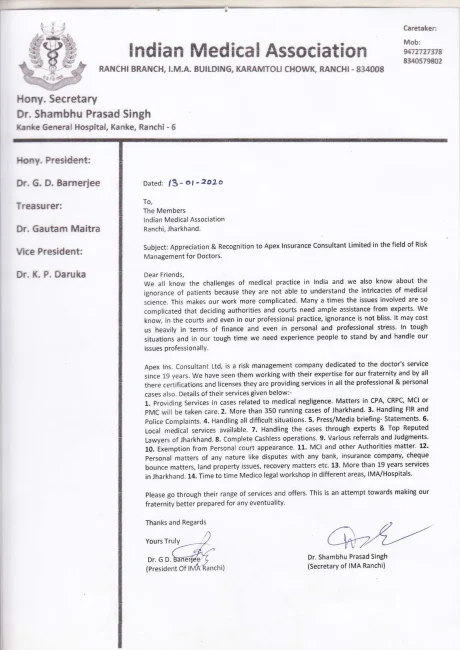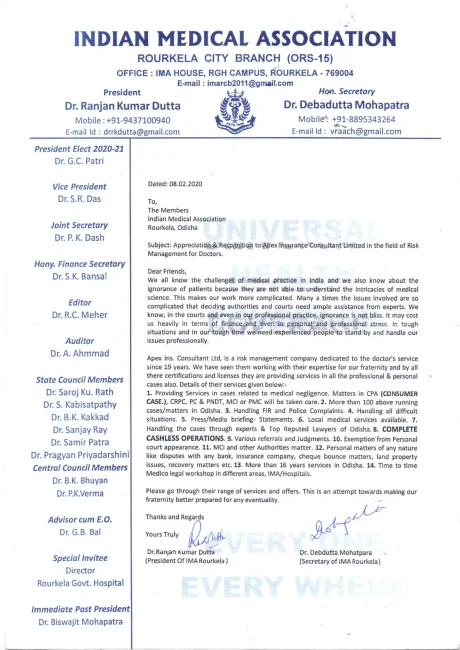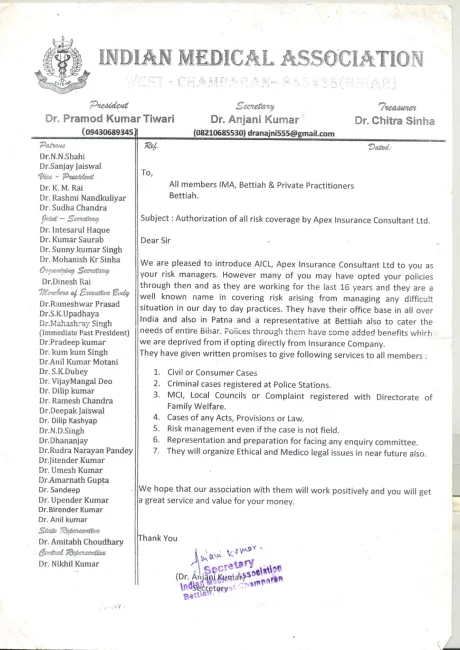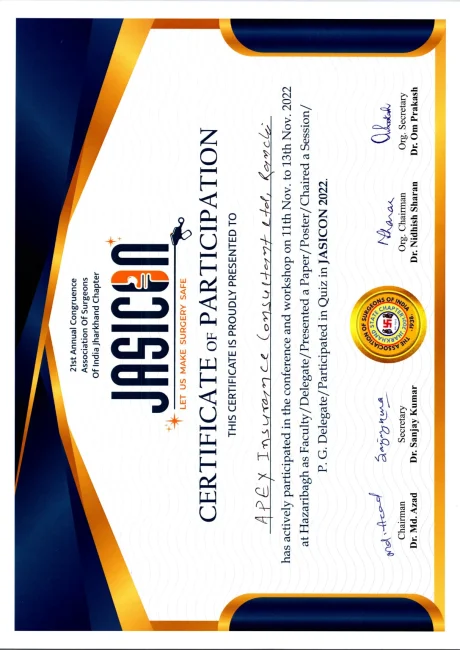"The health of the people is the foundation upon which all their happiness and all their powers as a state depend."- Benjamin Disraeli.
Healthcare in rural India often feels like a battle fought on multiple fronts. Doctors working in these areas already know the immense challenges they face- limited resources, inadequate infrastructure, and insufficient medical staff. But there’s one aspect that is often overlooked: risk management. While it may not always be top of mind, risk management plays an essential role in rural healthcare, especially when doctors are dealing with unfamiliar territories, both medically and legally.
In the hustle of trying to deliver quality care amidst these systemic challenges, understanding the importance of professional indemnity and managing medico-legal risks could be the difference between a successful practice and facing life-altering consequences. Let’s take a closer look at how risk management factors into the equation and why it’s critical for doctors in rural areas.
The Struggles of Rural Healthcare in India
Rural healthcare in India, while improving, remains vastly underserved. A report by the National Health Systems Resource Centre (NHSRC) highlights that about 68% of the Indian population resides in rural areas. Yet, these regions account for only 34% of the country’s medical workforce. Hospitals and clinics in these areas often have under-trained staff and outdated equipment, making even simple diagnoses difficult. Add to that issues like frequent power shortages and limited access to specialized doctors, and you begin to understand why healthcare in rural India is a constant struggle.
Real-life incidents further illustrate this challenge. During the peak of the COVID-19 crisis, rural healthcare systems in states like Uttar Pradesh and Madhya Pradesh became overwhelmed. Medical professionals working in these areas had to battle not only the pandemic but also systemic inefficiencies, underfunding, and scarcity of medical supplies. As healthcare workers in such conditions, doctors took immense personal and professional risks.
But the issues go beyond patient care. Doctors in rural areas, who work long hours in high-pressure situations, often find themselves in legally precarious positions. That’s where risk management comes into play.
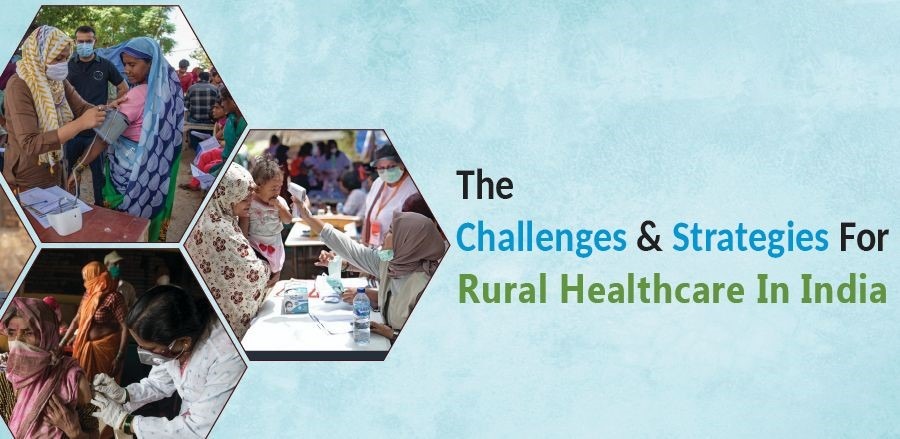
Why Risk Management is Crucial for Doctors in Rural Areas
Managing risks is a necessity to protect your practice, but it’s primarily about ensuring patient safety and safeguarding your professional reputation. In rural areas, where the availability of backup support is minimal, doctors must be extra cautious in their decision-making and procedures. Medico-legal issues are a constant threat. One unfortunate incident could lead to a medico-legal case, and if not properly handled, could potentially destroy the trust you’ve built within the community.
Doctors in rural areas are often the sole healthcare providers in their communities. If something goes wrong, they may face allegations ranging from misdiagnosis to malpractice- even if the cause of the problem was beyond their control. In such cases, having professional indemnity insurance and understanding the fundamentals of risk management can shield a doctor from a potential legal nightmare.
Professional indemnity insurance, for instance, provides a safety net by covering legal fees and compensation costs in case of claims. In a situation where a doctor is faced with a medico-legal issue, this kind of insurance becomes invaluable.
One such example comes from a rural doctor in Bihar, who was accused of administering the wrong treatment for a snake bite. Despite following the standard protocol, the patient did not survive, leading to allegations of negligence. Fortunately, the doctor had professional indemnity insurance, which covered the legal fees and helped resolve the issue quickly. Without this protection, the doctor could have faced both financial ruin and a tarnished career.
Understanding Medico-Legal Risks in Rural Settings
Medico-legal risks are particularly high in rural India due to the scarcity of trained medical professionals and resources. Doctors are often forced to make decisions based on limited data, with little to no backup. For example, in rural settings, where diagnostic tools like X-rays or MRIs may not be available, doctors may need to make critical decisions based on clinical examination alone. This increases the risk of errors, and as a result, the chances of facing legal consequences grow.
Imagine a situation where a rural doctor needs to perform an emergency surgery with minimal equipment, and unfortunately, something goes wrong. In this scenario, the doctor may be at risk of legal action from the patient’s family, even if the circumstances were beyond their control. This is why having a solid understanding of risk management strategies, like informed consent, proper documentation, and professional indemnity, is essential.
By educating yourself on the legalities of the medical profession, including areas like informed consent, patient privacy, and ethical practices, you can protect yourself from potential lawsuits and ensure that you’re providing the best care to your patients.
How Doctors Can Minimize Risk and Build Trust
Doctors in rural India are not just healers; they are often community leaders. The trust patients place in them is monumental, and with trust comes responsibility. So, how can doctors effectively manage risk while making a meaningful impact on rural healthcare?
- Get Professional Indemnity Insurance: First and foremost, doctors should invest in professional indemnity insurance. This type of insurance covers you in case of claims of medical malpractice or negligence. It’s not just a safety net- it’s an essential tool for protecting your career.
- Document Everything: In rural areas, where healthcare facilities may be lacking, maintaining accurate medical records is vital. Good documentation can prove that you followed the correct procedures and protocols. In case of a medico-legal dispute, precise and complete records can be your most vigorous defense.
- Focus on Informed Consent: Always ensure that your patients understand the treatment options available to them. Informed consent is a critical part of risk management. Make sure your patients are fully aware of the risks involved with any treatment or procedure, which will also protect you in case something goes wrong.
- Invest in Continuous Education: As a rural doctor, the opportunity for professional development may not always be easily accessible. However, it is essential to stay updated with medical advancements, legal guidelines, and risk management best practices. Many medical associations offer online courses and workshops that can help you improve your skills and knowledge.
- Build a Network: Even in rural areas, it’s helpful to build relationships with other healthcare professionals, whether they’re based locally or in urban areas. Having a network of peers to consult on complex cases can reduce the risk of errors and ensure better patient outcomes.
- Leverage Technology for Remote Consultation: Telemedicine can be an invaluable tool for rural doctors, allowing them to consult with specialists in urban centers. This can help mitigate some of the risks associated with misdiagnosis or limited access to medical resources.
Conclusion
While rural healthcare presents numerous challenges, it also provides a unique opportunity for doctors to make a meaningful difference. By embracing risk management practices such as professional indemnity, understanding medico-legal implications, and maintaining solid documentation, doctors can mitigate potential risks while offering top-quality care to their patients.
Remember, healthcare in rural India isn’t just about providing treatment; it’s about building relationships, earning trust, and ensuring safety for both the patients and yourself. With the right risk management strategies in place, doctors can navigate this landscape with confidence and, most importantly, continue to make a lasting impact in the communities they serve.
References:
- National Health Systems Resource Centre. (2020). Rural Health in India: A Review of Current Status.
- Times of India, 2020. Rural India’s Struggle with Healthcare during COVID-19.
- Medico-Legal Cases in Rural Areas: A Study by Med India.
- Dr. Sandeep Dhamija’s work in Madhya Pradesh Times (2021).
- Apollo Telemedicine Initiative – Bringing specialized care to rural India.

